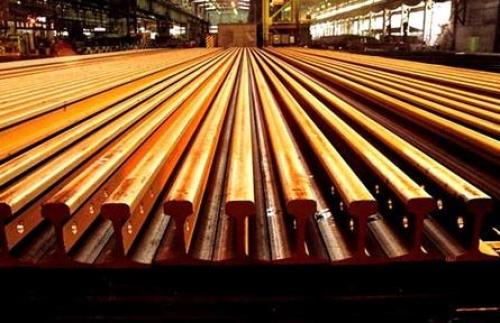According to the "Wall Street Journal," China's steel exports have soared, intensifying trade frictions with the United States, Europe, and other trading partners. They think that the Chinese government subsidizes steel companies so that they can sell steel at sub-market prices. 
The “Financial Times†in the UK also reported that US steel imports surged by 25.7% in the first quarter. Concerns over the “flood and water†flow from the shale gas revolution to the field of “outsiders†began to intensify.
Trade friction has a long history. However, after China’s steel exports hit a six-year high in April, the situation deteriorated. The United States will impose an initial tariff of 159.2% on grain oriented electrical steel (made for transformers) exported to China this month.
Last year, the Chinese government promised to cut excess production capacity of state-owned steel companies. However, under the background of the Chinese government's concerns about the economic slowdown, steel production continued to grow. According to data released by the National Bureau of Statistics on Tuesday, the average daily output of crude steel in China in April 2014 was 2,294,700 tons, an increase of 1.26%, a record high.
According to the General Administration of Customs, China’s steel exports increased to 7.54 million tons in April, a year-on-year increase of 35.86%, a year-on-year increase of 11.56%, a record high since August 2008. In 2013, China's steel exports reached 62.30 million tons, approaching the historical record of 2007.
The U.S. Department of Commerce recently decided that grain-oriented electrical steel exported from China constitutes dumping in the United States. In March, a U.S. official responsible for trade said that Chinese steel companies that exported similar products enjoyed unfair government subsidies (for steel companies in other countries). The Wall Street Journal quoted analysts as saying that U.S. steel companies are sparing no efforts to promote the U.S. government’s increase in tariffs on Chinese steel products.
The China Iron and Steel Association believes that the United States is increasingly showing protectionist trends, and stated that the starting point of China’s policy is to satisfy domestic demand and not encourage steel companies to increase exports. Chi Jingdong, deputy secretary general of China Iron and Steel Association, said that the increase in China's steel exports is due to global competition. However, he said that with the slow growth of the developed countries themselves, the increase in trade friction is understandable.
In February, the European Steel Union stated that it plans to file an anti-dumping lawsuit against the European Commission on cold-rolled stainless steel exported from China this year.
In recent years, Canada, Australia and some Southeast Asian countries have successively conducted anti-dumping investigations on steel products exported from China.
Low-cost steel still dominates the export trade of emerging market countries such as China and Southeast Asia. Suaik Lim, a director of rating agency Fitch, told The Wall Street Journal:
Trade frictions may not lead to political friction, but it is easy to incur trade protectionism.
Although the government has introduced a series of measures including railways and promoting urbanization to support the steel industry, Chinese steel companies are still suffering from a slowdown in domestic demand growth. Construction steel prices fell 6% in the first quarter. The largest steel companies in China had a cumulative loss of 2.3 billion in the first quarter, the worst performance since 2000.